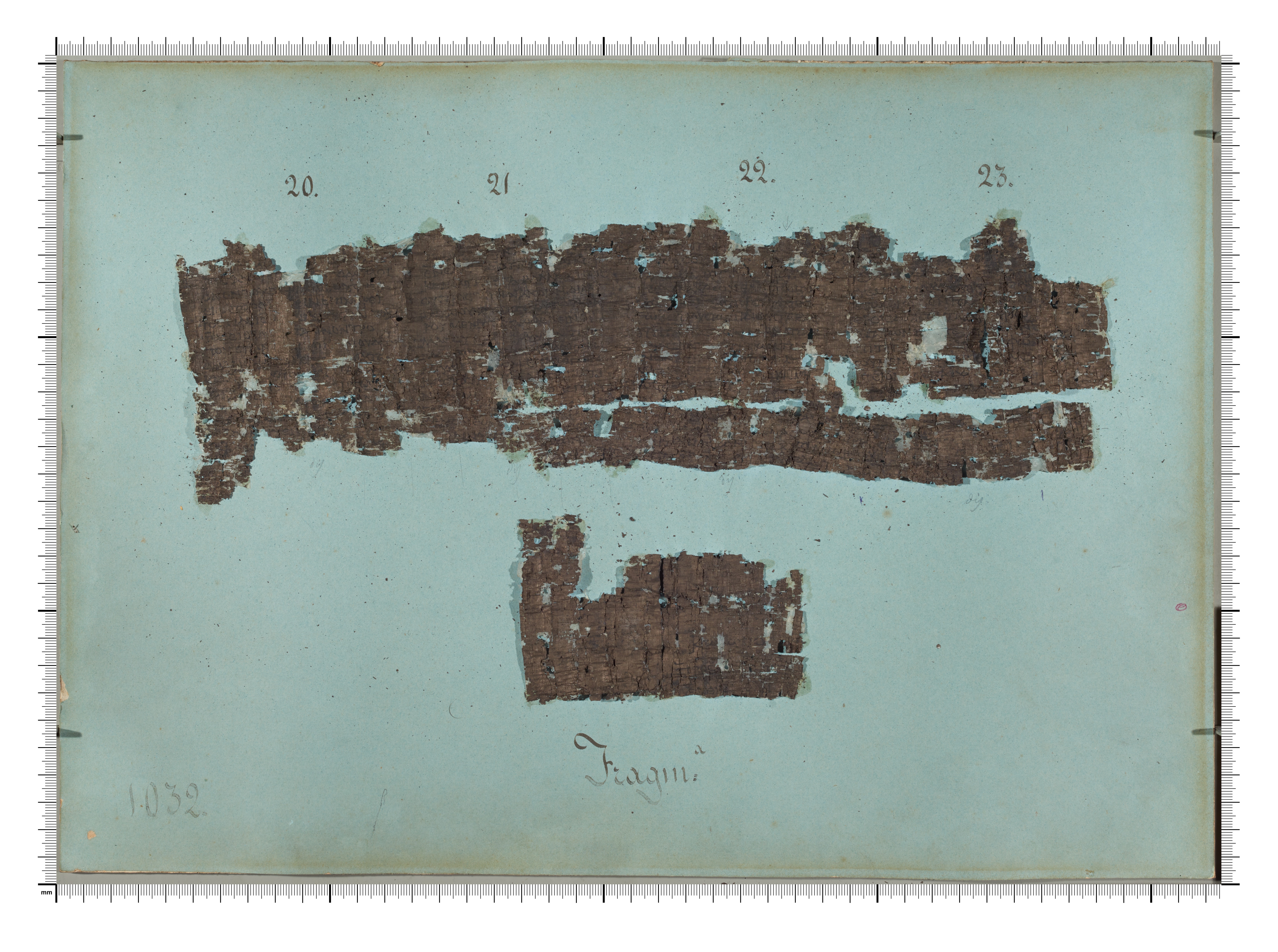The carbonized remains of an ancient papyrus scroll from Herculaneum have yielded long-lost information concerning Plato, including his exact burial place as well as details about his demise into slavery. Located near the iconic site of Pompeii, Herculaneum was obliterated by the eruption of Mount Vesuvius in 79 CE, leaving the town – and its large collection of papyri – preserved under ash for thousands of years.
Like many other scrolls recovered from the historic site, the papyrus in question is in good condition but largely blackened, thus rendering it virtually unreadable. It contains a section of the History of the Academy of Philodemus of Gadara, which forms part of Philodemus’ Review of the Philosophers.
Philodemus of Gadara was an Epicurean philosopher who lived from around 110 to 40 BCE and resided for a period in Herculaneum. His History of the Academy includes detailed information about the life of Plato and the Academy that he founded in Athens in the early fourth century BCE.
Using an array of techniques including infrared and ultraviolet optical imaging, molecular and elemental imaging, thermal imaging, and digital microscopy, researchers were able to make out over 1,000 words from the burnt parchment, equalling around 30 percent of the complete text. Commenting on this achievement in a statement, project coordinator Graziano Ranocchia explained that the newly-deciphered contents reveal “a number of new and concrete facts about various academic philosophers.”

The fragments have been examined in detail using a range of techniques.
Image credit: D.P. Pavone (CNR-Institute of Culturale Heritage/Biblioteca Nazionale di Napoli)
“The new readings often draw on new and concrete facts about Plato’s Academy, Hellenistic literature, Philodemus of Gadara and ancient history in general,” adds Kilian Fleischer, who is in charge of editing the papyrus.
Previously, it was well known that Plato was buried within the grounds of the Academy, which was destroyed by the Roman dictator Sulla in 86 BCE. However, after analyzing the ancient scroll, researchers have now pinpointed the famous philosopher’s final resting place to a private garden near to a shrine dedicated to the Muses, known as the Museion.
Other details reported in the charred document indicate that Plato was sold into slavery on the island of Aegina, possibly following the Spartan invasion of 404 BCE or in the aftermath of the death of Socrates in 399 BCE. These accounts challenge the prevailing understanding that Plato’s servitude had begun in 387 BCE on the island of Sicily.
In another passage, Plato is quoted expressing his disdain for the musical abilities of a Barbarian performer from Thrace.
Known for his famous Theory of Forms – which states that the physical world we experience is but a shadow of the true reality – Plato died in Athens in 348 BCE.
Source Link: Plato’s Exact Burial Place Revealed By Charred Papyrus Near Pompeii